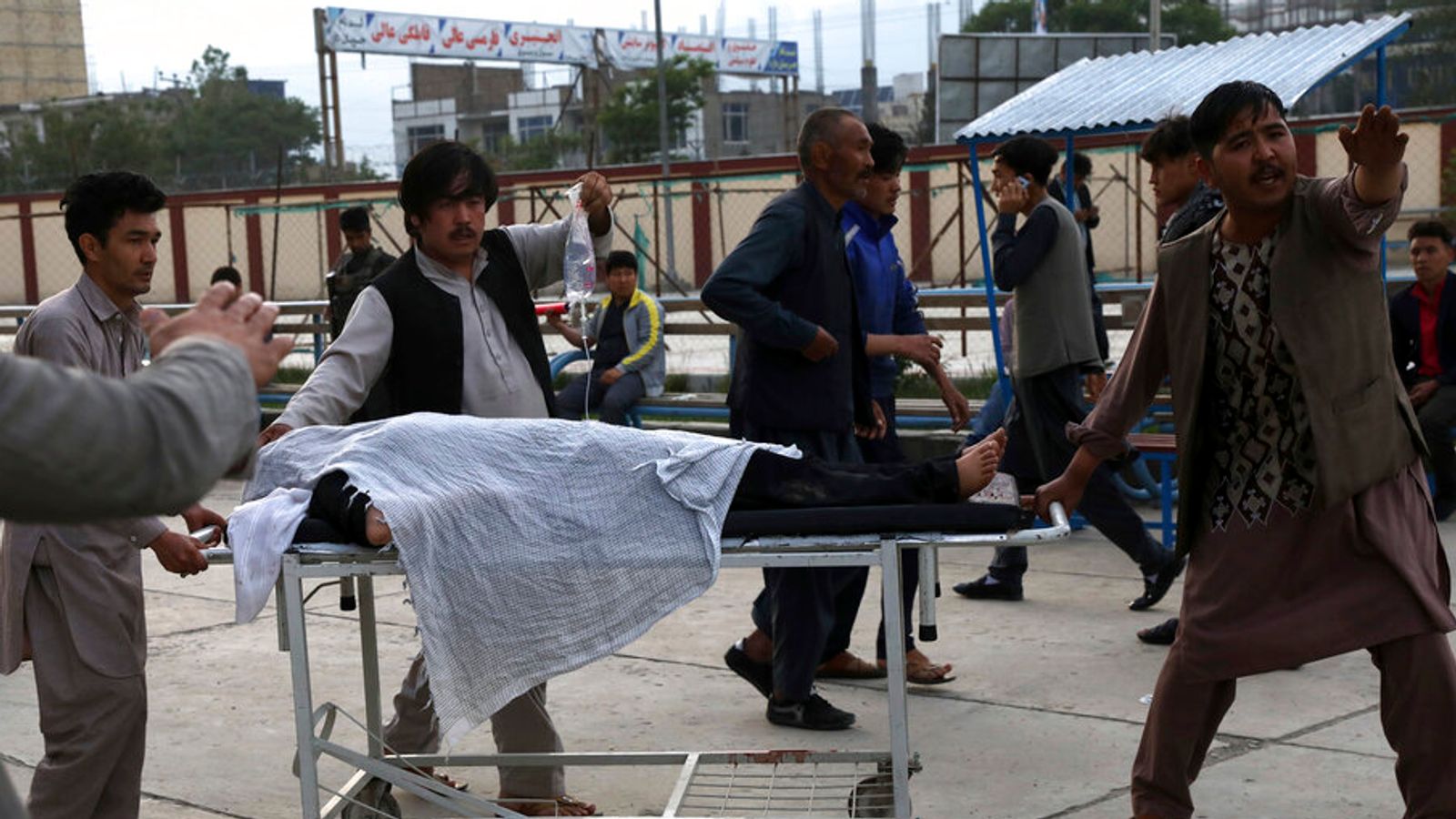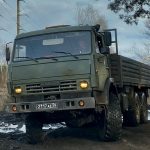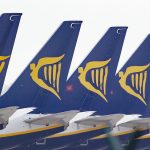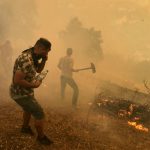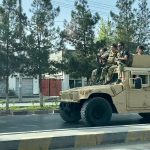ISIS-K has said it carried out the attacks outside Kabul airport that killed dozens of people.
Who are ISIS-K?
The Islamic State Khorasan is an offshoot of the so-called Islamic State terrorist group, which once held huge areas of territory in northern Syria and Iraq.
The splinter group, which first emerged around 2015 as part of an expansion of the group’s reach outside Iraq and Syria, is mostly based in an area known as the Khorasan province.
The Khorasan region historically covers Afghanistan, Pakistan, Central Asia and parts of Iran.
The group is hostile towards the Taliban, believing the Taliban’s version of Islamic rule is too soft. The groups have previously fought over control of territory in Afghanistan.
It has recruited Taliban defectors, and fighters are thought to number up to 2,200 – although this figure could well rise in the wake of a security vacuum left by departing foreign troops.
The group has likely seen its ranks bolstered by the Taliban’s freeing of prisoners during its blitz across the country.
The conflict between the groups means ISIS-K is less likely to honour the Taliban’s agreement that western forces be allowed to evacuate from Kabul airport.
ISIS-K is responsible for some of the worst attacks in Afghanistan, including a devastating shooting at a maternity hospital last year that killed 24 people, including mothers and newborns.
In Kabul, in May the group was believed to be responsible for a series of explosions outside a school that killed at least 80 people, mostly female students, as well as an explosion outside a mosque that killed 12 during Friday prayers.
The group has launched nearly 100 attacks on civilians in Afghanistan and Pakistan between 2015 and 2017, according to US security think-tank, the Centre for Strategic and International Studies (CSIS).
ISIS-K is known for conducting suicide bombings, using a vehicle or an individual wearing a bomb vest – often followed by a gunman opening fire.
Follow the Daily podcast on Apple Podcasts, Google Podcasts, Spotify, Spreaker.
It has been led by militant Shahab al-Muhajir since June last year.
Previous leaders were captured or killed by US and Afghan forces.
